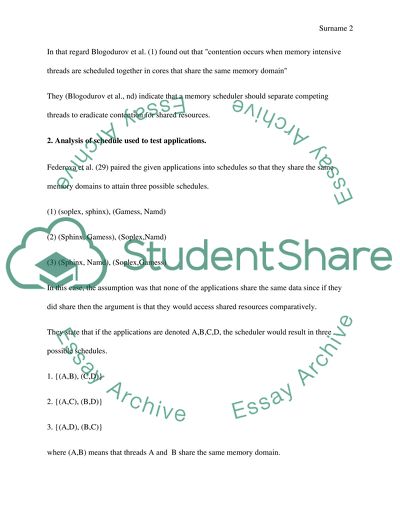Cite this document
(“Managing Contention for Shared Resources on Multicore Processors Case Study - 1”, n.d.)
Retrieved from https://studentshare.org/information-technology/1624661-managing-contention-for-shared-resources-on-multicore-processors
Retrieved from https://studentshare.org/information-technology/1624661-managing-contention-for-shared-resources-on-multicore-processors
(Managing Contention for Shared Resources on Multicore Processors Case Study - 1)
https://studentshare.org/information-technology/1624661-managing-contention-for-shared-resources-on-multicore-processors.
https://studentshare.org/information-technology/1624661-managing-contention-for-shared-resources-on-multicore-processors.
“Managing Contention for Shared Resources on Multicore Processors Case Study - 1”, n.d. https://studentshare.org/information-technology/1624661-managing-contention-for-shared-resources-on-multicore-processors.


